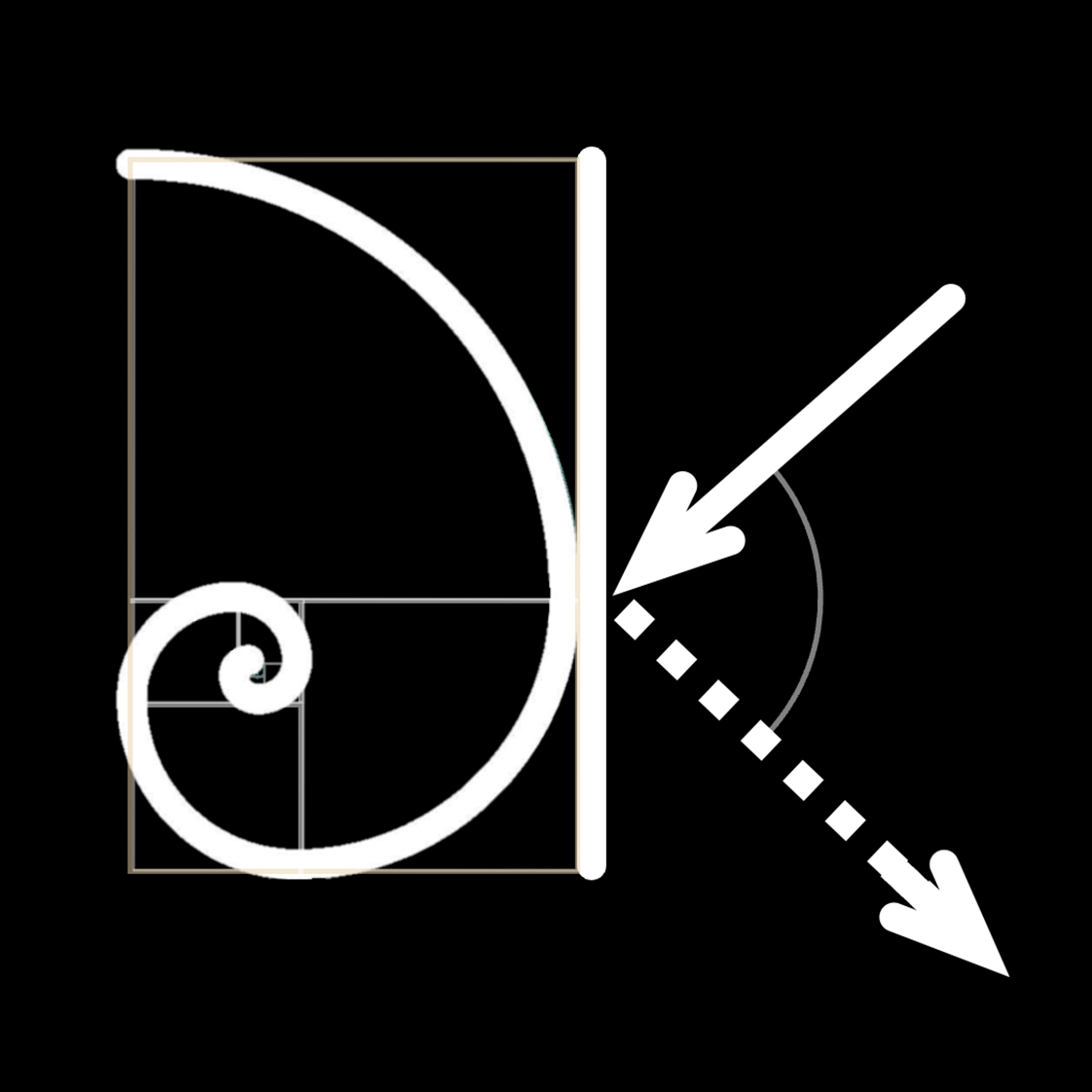Lament
Complete Work Title:
Performance Medium:
Duration:
Date Composed:
Dedication:
Additional Information:
Program Note:
Lament was composed in September of 1995 for the funeral service of the composer’s grandfather, Joe Nobile.
Because the work is intended primarily as Gebrauchsmusik — i.e., for functional purposes — certain practical considerations have been observed during its composition. In the first place, the harmonic and melodic language are traditionally based, resulting in a more accessible and seemingly “familiar” style. Secondly, the work consists of four distinct voice parts (SATB), lending itself to a variety of possible transcriptions (e.g. double-reed quartet, saxophone quartet, string orchestra, solo guitar, etc.). Finally, the work is texturally static and repetitious, thus making it suitable for more passive listening.
These practical considerations superseded all other compositional decisions in the creation of Lament. With this in mind, a series of processes was devised in order to create a tonally based isorhythmic moto perpetuo in three parts. The first line consists of a descending 4-note scale pattern, two beats per note, cycling through a circle of fifths in two measure increments. The second line consists of an ascending 4-note scale pattern, one note per beat, cycling through a circle of fifths in one measure increments. The third line consists of a twelve-tone row, three beats per note, which completes a cycle every 36 beats. The composite isorhythmic patterns require 288 beats to cycle completely, and the entire work is divided into three equal strophes of 96 beats each. Interpolated among these three lines is a freely structured fourth line which is in continuous motion throughout. With the exception of the first line (which remains exclusively in the bass voice), these lines are in constant flux within the three upper voices, meandering elusively through the texture.
The resulting music is stylistically indebted to three diverse composers: Maurice Ravel (primarily in the harmonic and melodic content), Johannes Brahms (rhythmic and contrapuntal elements), and Johannes Ockeghem (textural density and phrase structure).
Performance/Broadcast History:
| Date | Venue | Location | Performer(s) |
|---|---|---|---|
| 3 November 2013 | MCL Grand Theater | Lewisville, TX | Lewisville Lake Symphony Orchestra; Adron Ming, conductor |
| 24 May 1999 | Webb Performing Arts Center | Los Alamitos, CA | Orange County High School for the Arts Chamber Orchestra; Christopher Russell, conductor |

